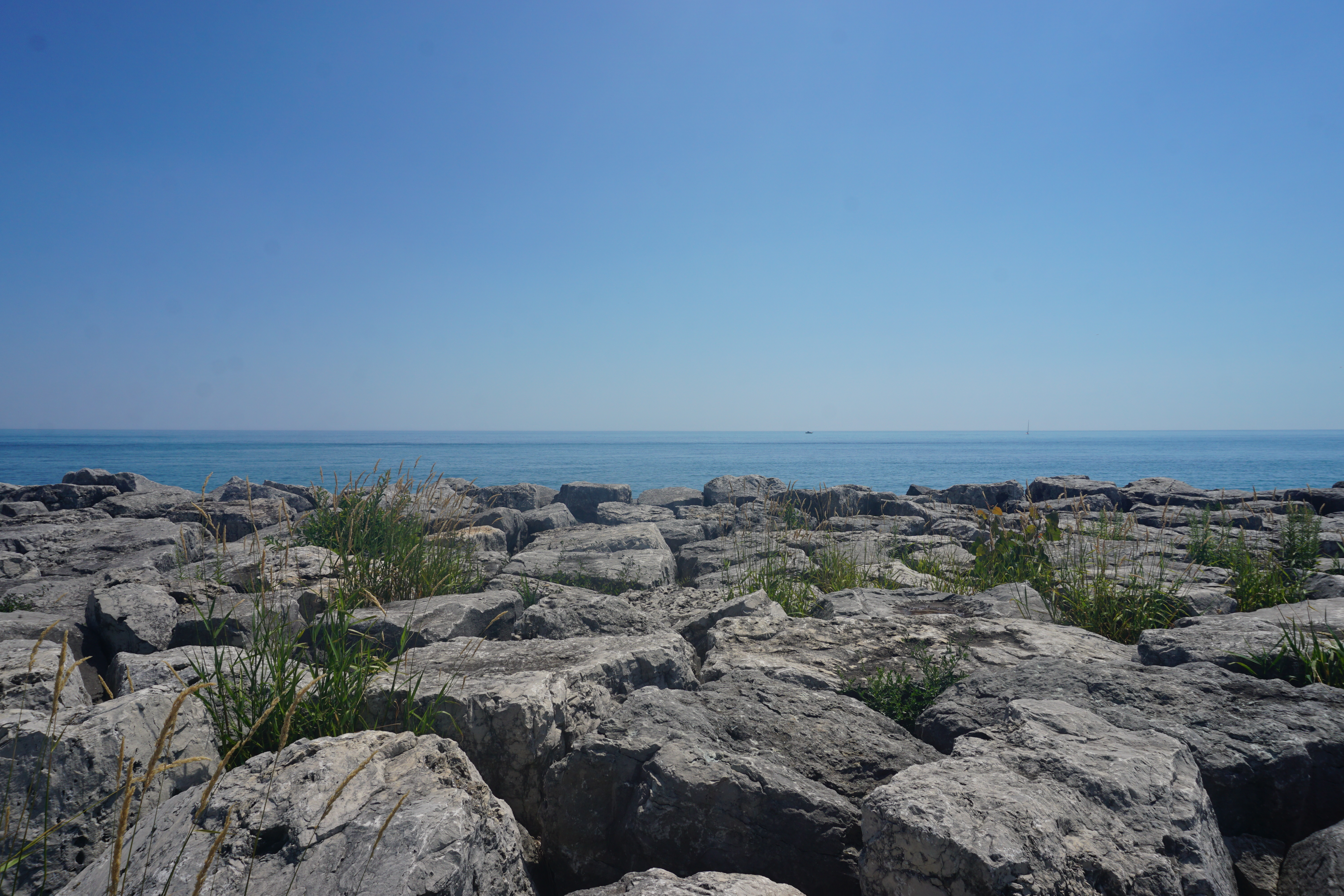Current Status of Coal Usage on Lake Michigan

The use of coal on Lake Michigan is a complex and multifaceted issue, with significant environmental and public health implications. Currently, the region is grappling with the legacy of coal ash contamination, as well as the ongoing operations of coal-fired power plants and the last remaining coal-fired passenger steamship in the United States.
Coal Ash Contamination
Approximately two million tons of toxic coal ash sit near Lake Michigan, posing a significant environmental threat. This coal ash, a byproduct of coal combustion, contains heavy metals and other hazardous substances that can leach into the lake and surrounding groundwater, potentially contaminating the water supply and harming aquatic ecosystems.
Legacy Coal Ash Ponds
The states surrounding Lake Michigan, including Indiana, Illinois, and Ohio, have an abundance of coal ash ponds, with 88 sites located within two miles of the Great Lakes. These unlined and unregulated coal ash ponds are at risk of catastrophic releases, which could have devastating consequences for the lake and the communities that rely on it.
Michigan City Generating Station
The Michigan City Generating Station, a coal-fired power plant in Northwest Indiana, is a prime example of the ongoing coal-related issues on Lake Michigan. This facility has five ash ponds and an unregulated man-made coal ash fill, which are at risk of a catastrophic release that could contaminate the lake and surrounding areas.
Transition to Clean Energy: The SS Badger

While the use of coal on Lake Michigan is still a significant concern, there are efforts underway to transition to cleaner energy sources, particularly in the case of the SS Badger, the last coal-fired passenger steamship in the United States.
The Last Coal-Fired Steamship
The SS Badger, a 72-year-old steamship, is the last coal-fired passenger steamship operating on Lake Michigan. This iconic vessel has been a fixture on the lake for decades, but its reliance on coal has raised environmental concerns.
Transition Plans
The new owners of the SS Badger, Interlake Maritime Services, are planning to transition the vessel from coal to an emissions-free energy source by 2026. The company is exploring options such as hydrogen and battery-powered systems to replace the ship’s coal-fired engines, in an effort to reduce its environmental impact and align with the growing demand for clean energy solutions.
Environmental Impacts of Coal on Lake Michigan
The use of coal on Lake Michigan has significant environmental and public health implications, particularly for the surrounding communities.
Pollution and Health Risks
The coal ash and emissions from coal-fired power plants and the SS Badger pose serious health risks to nearby communities, especially those with high poverty rates and minority populations. These communities often bear the brunt of the environmental and health consequences of coal-related activities.
Water Contamination
The contamination of Lake Michigan by coal ash pollution is a major concern, as the lake provides drinking water to millions of people. The leaching of heavy metals and other hazardous substances from coal ash into the lake’s water supply can have far-reaching consequences for public health and the ecosystem.
Environmental Justice
The disproportionate impact of coal-related activities on low-income and minority communities highlights the need for environmental justice initiatives. These communities often lack the resources and political influence to address the environmental challenges they face, underscoring the importance of addressing the inequities inherent in the current system.
